Tonight was 20 minutes of everything you hate about Rupp Arena, then eight minutes of a really good basketball game, then 12 minutes of absolute joy.
If you watched, you don’t need much analysis on the foul situation early. Six Tennessee players had two fouls in the first half, including John Fulkerson in less than three minutes. Kentucky shot 13-of-15 at the line by halftime and built a 42-34 lead, the most points any team scored on the nation’s number one defense in any half this year. Different Rupp, same -erees.
Which just made it all the more fun to win anyway.
The Vols and Cats traded blows to open the second half, with what felt like a thousand possessions where one team would score and the other answered immediately. This time Tennessee found its way to the bonus early, but was still down 10 with 12 minutes to go. It seemed like the game had settled into a really nice flow.
And then it became one-way traffic.
Down ten with 12 to play, the Vols tied it up in less than three minutes. Keon Johnson and Jaden Springer hit four free throws around a score from Keon, then Yves Pons scored twice inside to tie it.
Keon again gave Tennessee the lead, then that really good basketball game broke out again for a minute. Kentucky scored four straight to retake the lead, then Keon Johnson did this:
He tried it again a minute later in a tie game, but was rejected on a sensational play by Davion Mintz. No worries: right back to Keon, who was fouled again, and knocked down two to put the Vols back in front 66-64 with 6:27 to play.
They wouldn’t trail again.
In a role reversal from Tuesday night in Oxford, Kentucky’s guards turned it over on consecutive possessions, and Tennessee suddenly had a six point lead. And with so much talk about the offense tonight – rightfully so – Tennessee’s defense kept Kentucky on 64 points for more than four minutes down the stretch. When the Cats cut it to eight with 1:54 to go, the Vols drained the shot clock, and Keon Johnson found Santiago Vescovi, who buried a three.
If you didn’t see it, just watch the last 12 minutes on a loop. From down 58-48 at that point, Tennessee closed on a 34-13 run to win by 11.
And if you didn’t see it, I’m not sure my or anyone’s words could do justice to what we saw from the freshmen tonight.
Fulkerson played less than three minutes in the first half and ten in the game with four fouls. He didn’t score, though he got plenty at Rupp last year. Vescovi’s dagger three? His only points. Yves, who hit those two big shots inside to bring it back even at the seven minute mark? Those were four of his six points.
Credit Victor Bailey for hitting enough shots to prevent a rout in the first half, where Tennessee also got some quality minutes from E.J. Anosike and Uros Plavsic. Credit Josiah-Jordan James for his first double-double, 10 points and 10 boards.
And when you envisioned what two five stars might do in the lineup at the same time? Tonight was that night.
After Pons scored back-to-back to tie it at 58-58, Keon Johnson and Jaden Springer scored Tennessee’s next 18 points. That’s everything from tie game to Vescovi’s dagger.
Jaden Springer had 23 points, five rebounds, and three blocks. Keon Johnson had 27 points, four rebounds, and three assists. Springer hit one three. Keon didn’t hit any. Go to the rim, baby. (And hit free throws, where a sometimes unsteady Keon hit 9-of-11.)
I said earlier I didn’t think anything about the Ole Miss loss changed my view of Tennessee’s ceiling, though it certainly made me look twice at the floor.
This tonight was a ceiling win.
There are seven games left (eight if they reschedule South Carolina), and if they’re over their own covid issues, Florida will present an immediate second opinion Wednesday night in Knoxville. There’s still more to see. But if what Tennessee got from its freshmen tonight can be duplicated, that ceiling might need some work. And if those freshmen become reliable first and second options, it might also help John Fulkerson’s game re-establish itself.
There’s more to watch, but tonight might’ve been the only chance to see Johnson and Springer at Rupp Arena. If so, “Remember that time those two freshmen had their coming out party?” goes right alongside, “Remember that time Fulkerson scored 27 up there?” Because now, after winning four times in Lexington in the first 40 years of Rupp Arena, the Vols have won three of the last four. And Rick Barnes is 8-5 against Kentucky at Tennessee.
It’s a weird year, new football coach, basketball team lost more games than you thought they might’ve to this point. But you don’t miss any chance to celebrate beating Kentucky. Once upon a time, in many of our lifetimes, we beat Alabama seven years in a row in football. This, in my lifetime, is as good as it’s every been against our biggest rival in basketball. Don’t miss it. Don’t waste it. Celebrate it, and then let’s get them again two weeks from today.
And that ceiling…you might want to look again.
Go Vols.
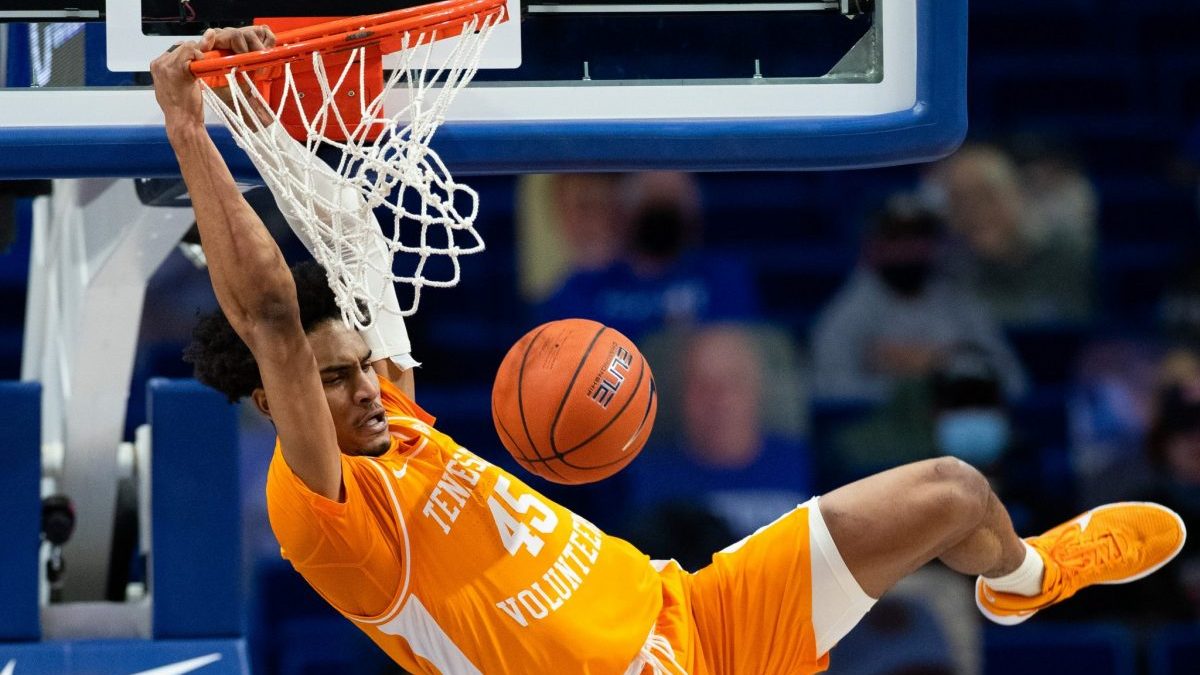
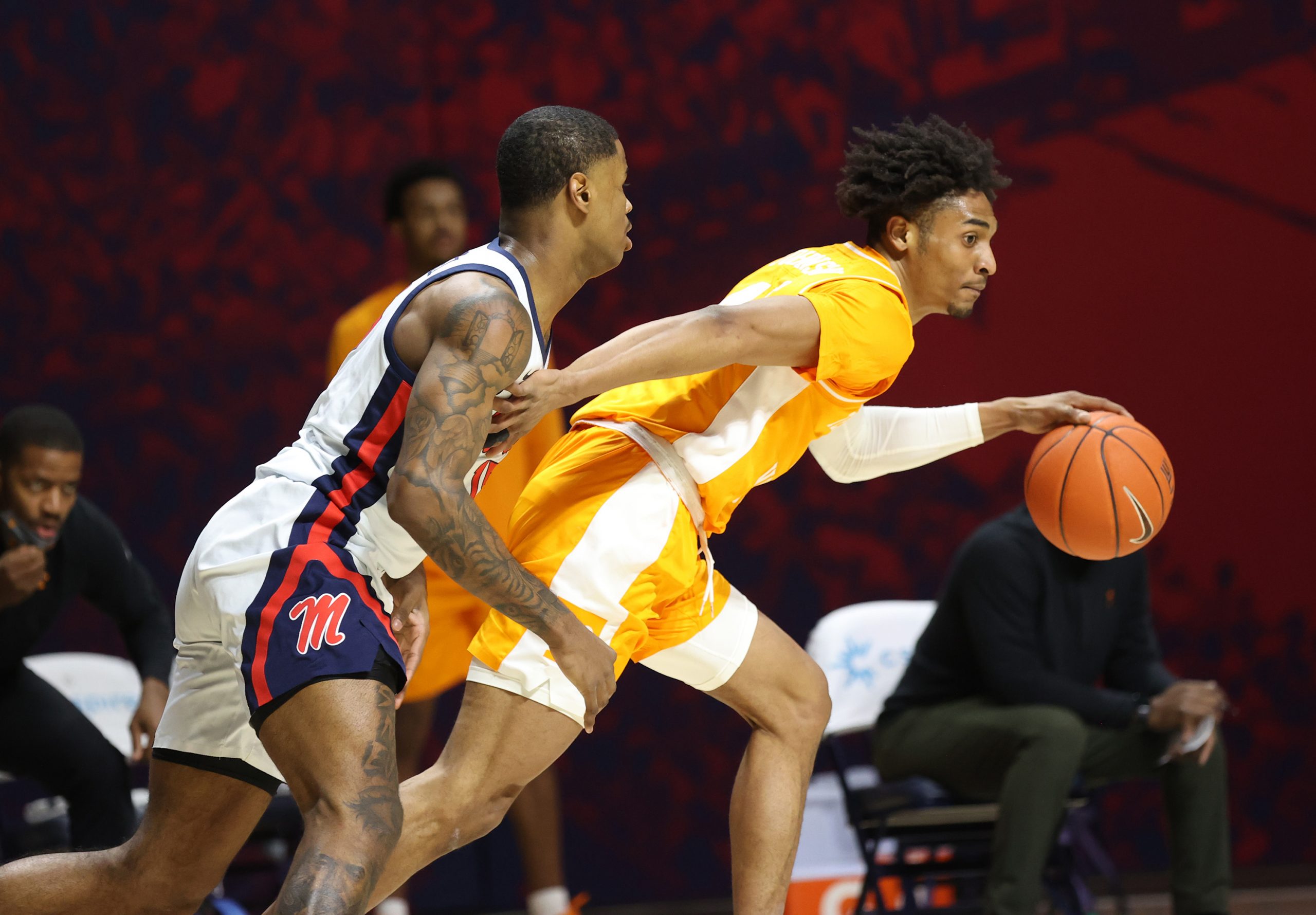
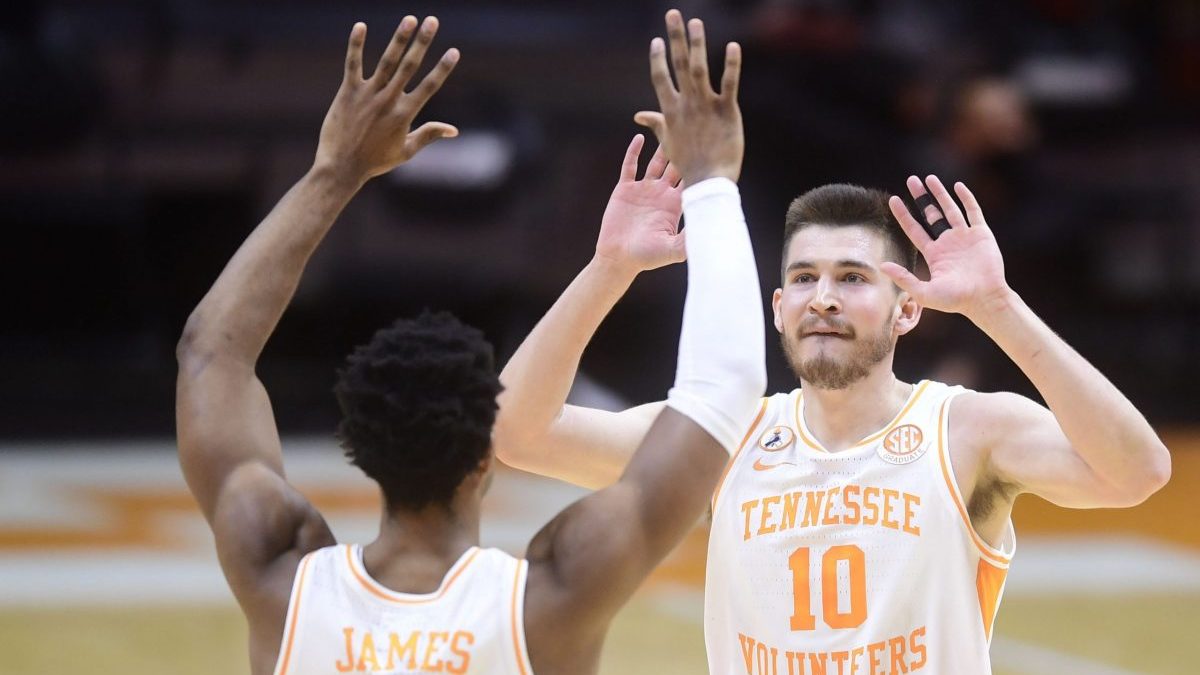
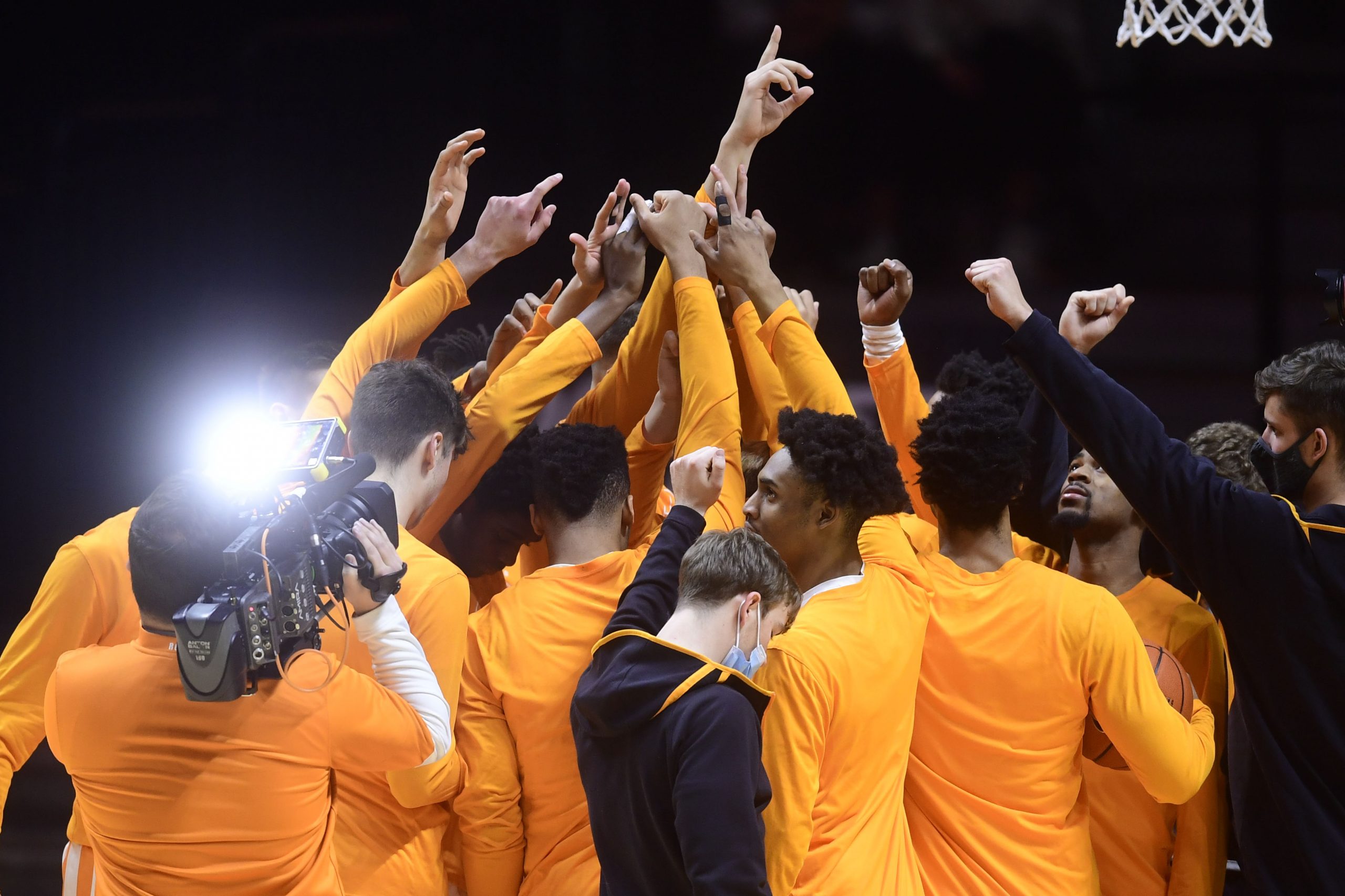
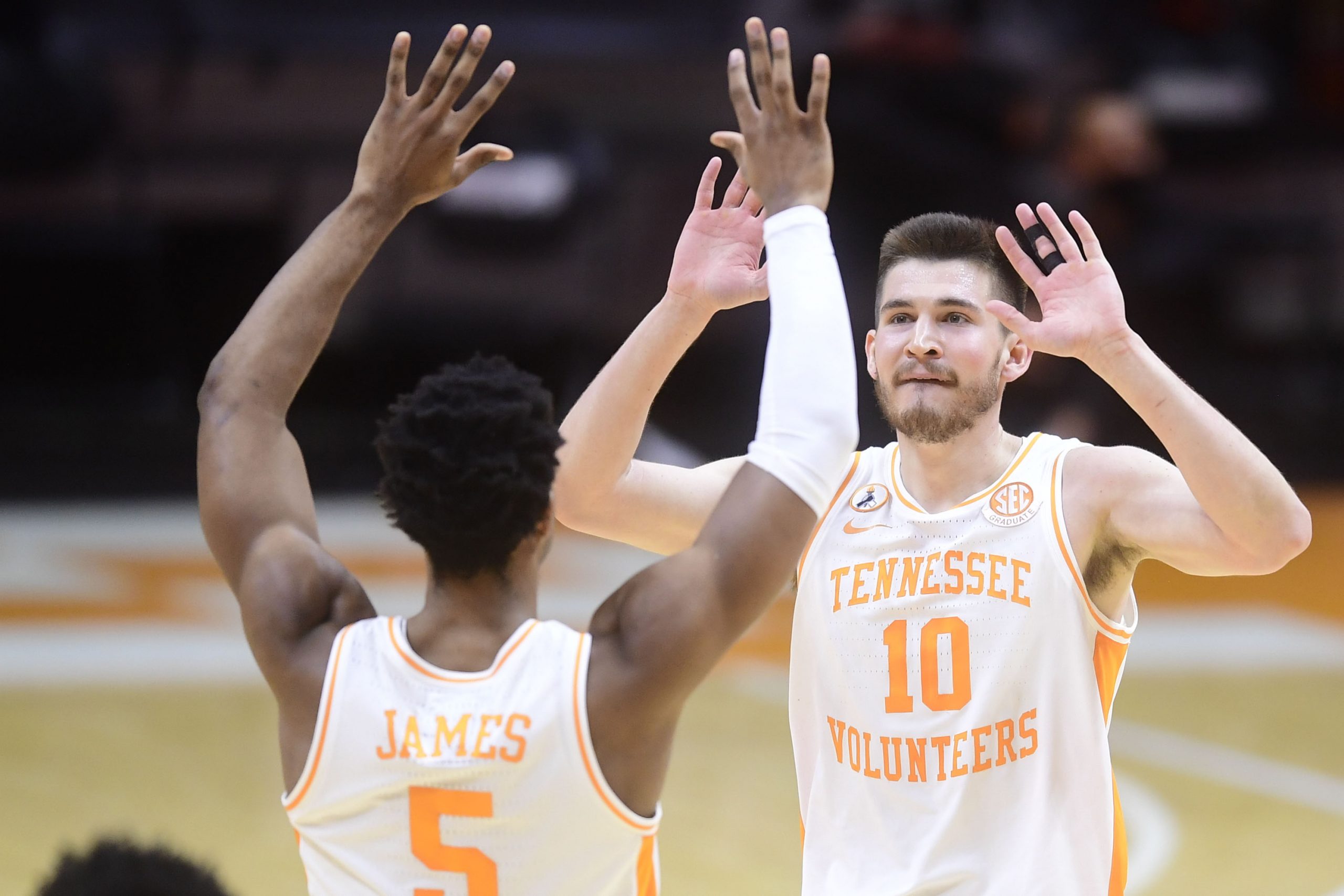
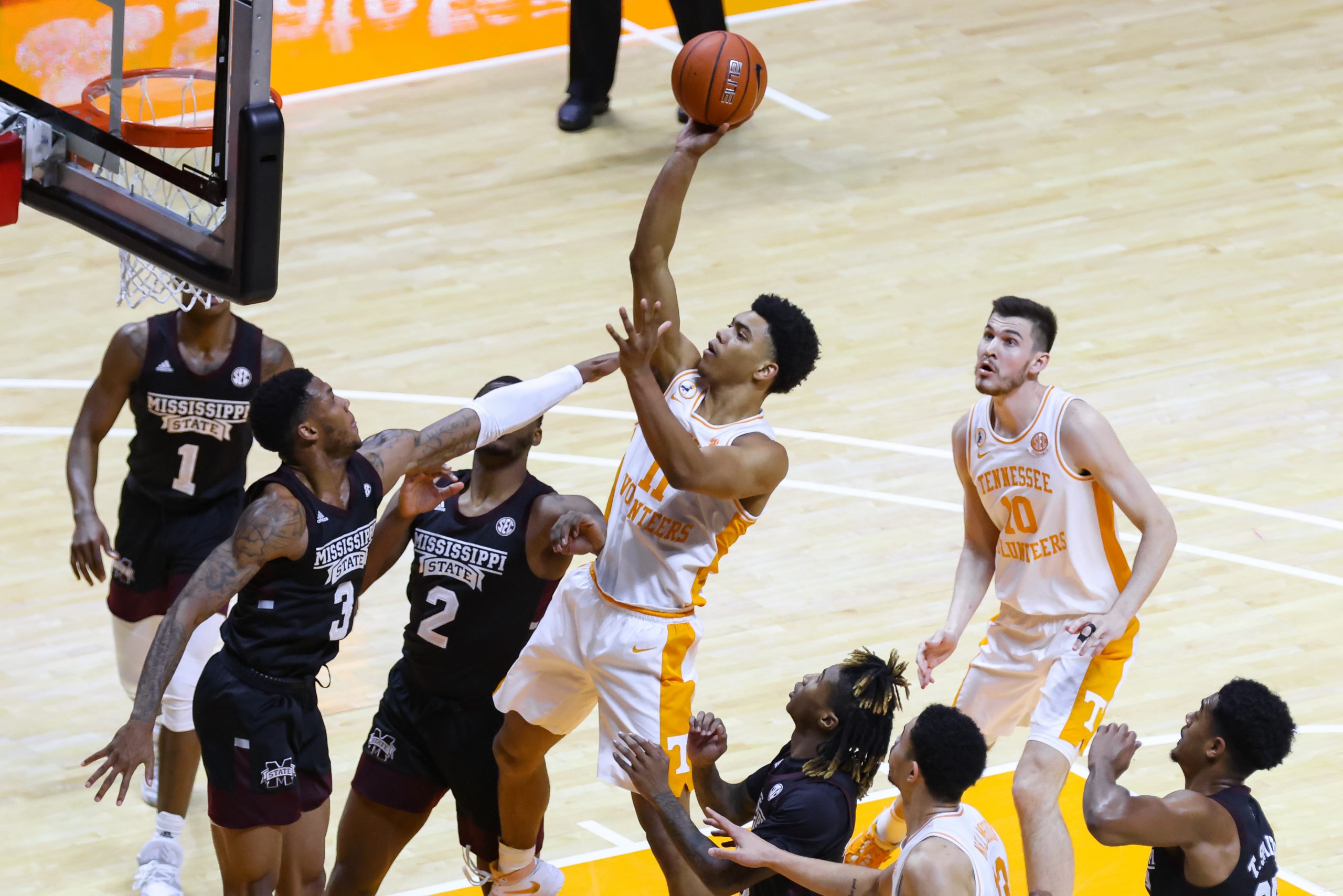
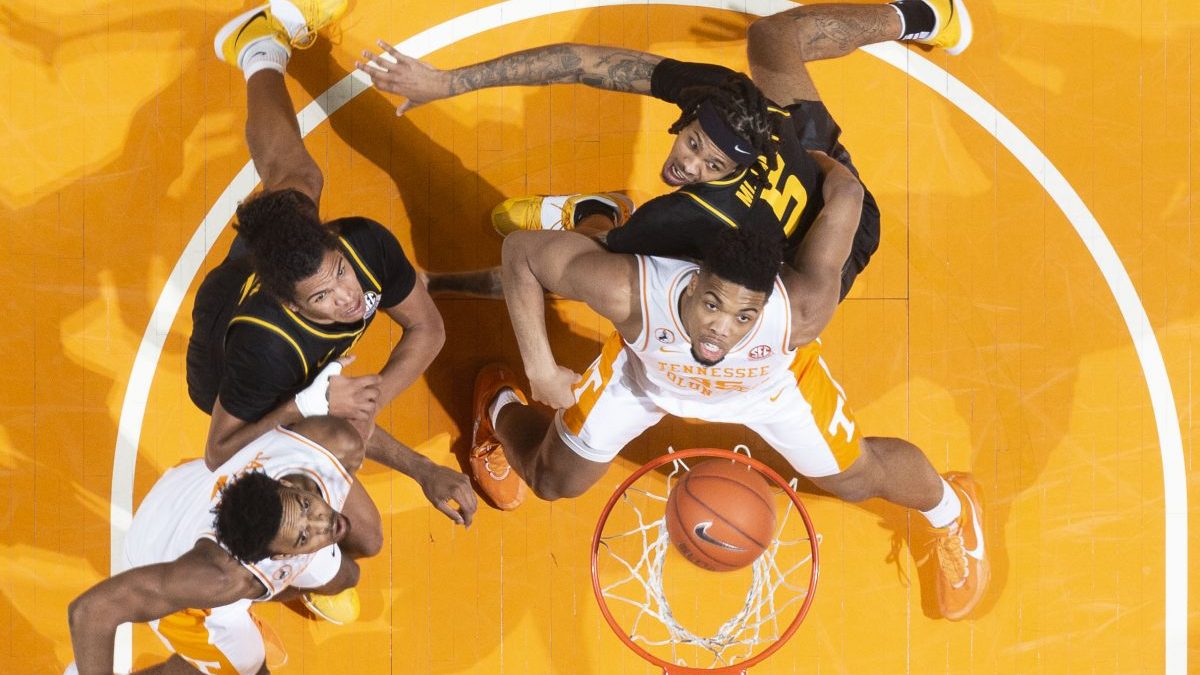



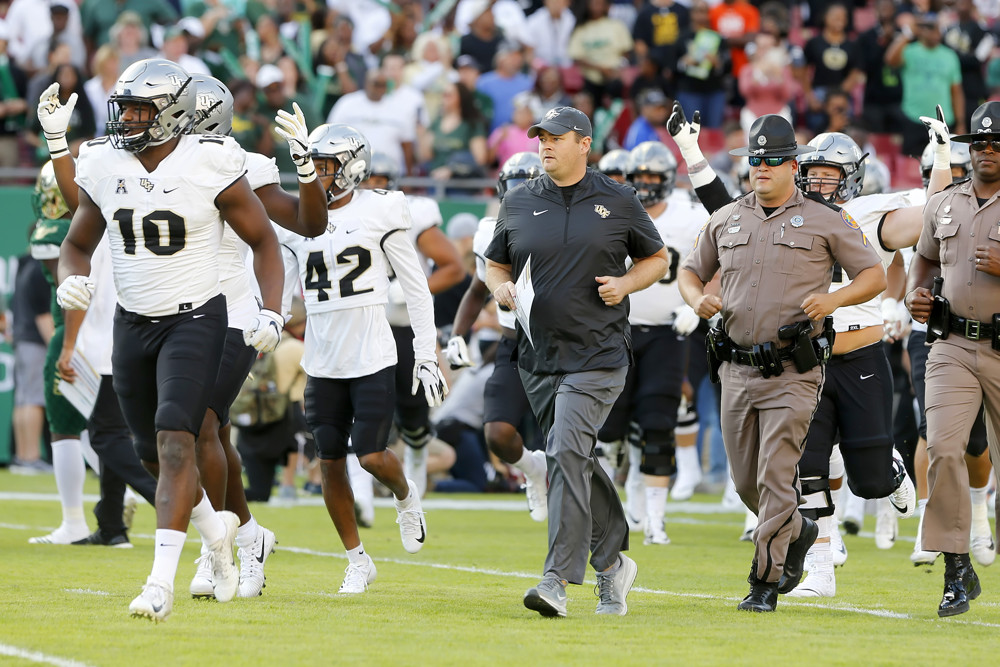
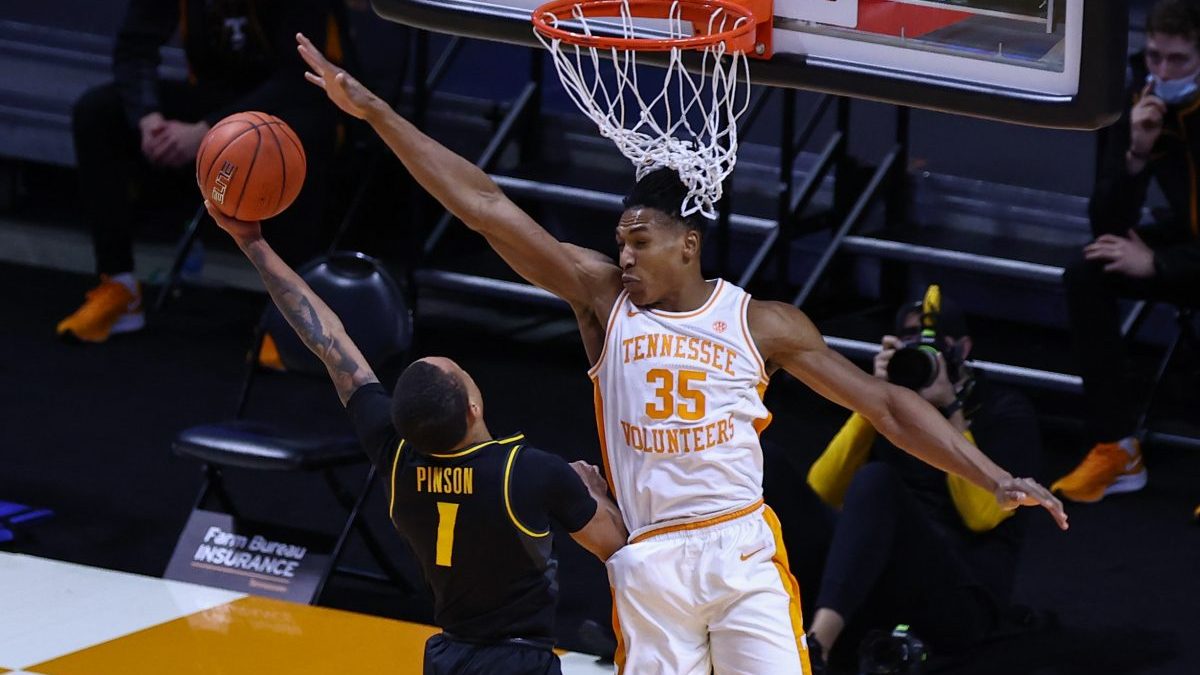
You must be logged in to post a comment.